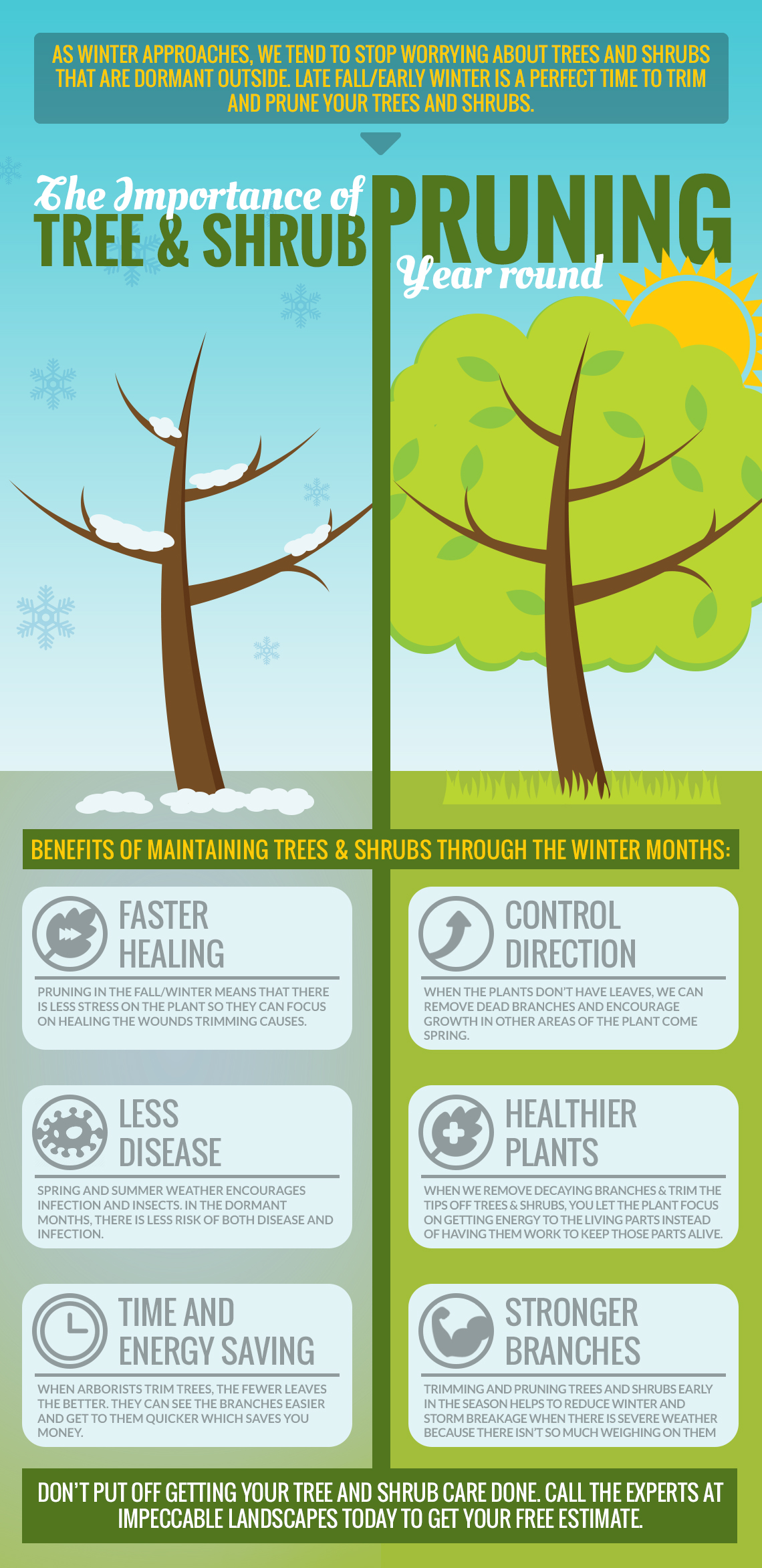Signals That It's Time To Get Rid Of A Tree: Identifying Unsafe Trees
Signals That It's Time To Get Rid Of A Tree: Identifying Unsafe Trees
Blog Article
Uploaded By-Truelsen Aagaard
When it pertains to tree care, identifying the indications that it's time for removal is essential for your safety and residential property. You may observe discolored fallen leaves, wilting branches, or weird fungal growths indicating illness. Structural problems, like a substantial lean or cracks in the trunk, can also pose threats. Recognizing How To Remove Tree Stump warning signs can aid you make informed decisions regarding your trees and protect against possible risks lurking in your backyard. What should you look for next?
Indications of Decay and Illness
When you discover indicators of degeneration and condition in your trees, it's crucial to act promptly. Seek stained leaves, wilting branches, or uncommon developments like fungi. These can indicate that your tree is struggling.
If you see fractures in the bark or soft, mushy timber, these symptoms recommend interior decay. Additionally, a sudden increase in pests around your tree can indicate that it's damaged and at risk.
Look for any kind of dead or passing away arm or legs, as they present a risk to your residential property and safety. If you doubt about what you see, consulting an arborist can provide quality.
Addressing these indicators early can conserve you from more comprehensive damages and make sure the wellness of your yard. Don't wait until it's far too late.
Structural Instability and Leaning
As you observe your trees, keep an eye out for any signs of structural instability or leaning. If a tree leans substantially, it may indicate that the root system is jeopardized.
Search for any kind of splits in the trunk or dirt around the base; these can indicate prospective failing. Furthermore, check for unusual development patterns, like an uneven crown, which may recommend that the tree is battling to hold itself upright.
If you discover that the tree favors your home, high-voltage line, or other structures, it poses a better risk. Do not overlook these signs-- consult an arborist to assess the scenario.
Acting early can stop expensive damage and ensure your safety and security.
Dead or Perishing Branches and Foliage
If you notice dead or dying branches and vegetation on your tree, it's a clear sign that something's incorrect.
These undesirable areas can suggest underlying issues like condition, insect infestations, or environmental stress. When branches shed their fallen leaves or transform brownish, they're no longer adding to the tree's health and wellness. Neglecting these indicators can cause further decline, making your tree much more harmful.
Dead branches can quickly break off during storms, positioning a risk to building and people nearby. It's critical to assess the level of the damages.
If the trouble impacts a considerable part of the tree, think about speaking with a specialist. They can help establish if elimination is essential to ensure safety and keep the charm of your landscape.
Conclusion
If you notice any kind of indications of degeneration, structural instability, or dead branches on your trees, do not neglect them. These indications can posture severe security dangers to you and your property. When Do You Prune Trees 's constantly best to consult a professional arborist who can provide a professional assessment of your trees. Acting early can stop mishaps and costly damages, guaranteeing your landscape remains secure and healthy and balanced. Bear in mind, it's much better to be positive regarding tree care than to await a calamity to occur.
